Roman School, early 17th century
Portrait of a Gentleman
Black chalk with stumping on slightly tinted laid paper,
23 × 30 cm
Inscribed Iower left, in a later hand: “Ant. van Dyck f. 1630”
Provenance:
J. Goll von Franckenstein (L.2987);
Anonymous sale, Christie’s Amsterdam, 27 November 1982, lot 9 (as “Circle of Anthony van Dyck”)
This refined drawing perfectly exemplifies the discreet virtuosity of the Roman school of the early Seicento, a period when drawn portraiture flourished among Rome’s cultivated and artistic circles. The sitter, a middle-aged man with a firm and penetrating expression, is depicted in bust-length and three-quarter view, his gaze turned slightly to the side, exuding quiet authority. Executed in black chalk with great subtlety, the drawing showcases a masterful use of chiaroscuro, devoid of dramatic effect or embellishment.
The style immediately evokes the work of Ottavio Leoni (1578–1630), one of the most sought-after portrait draftsmen in early 17th-century Rome, often nicknamed “il Padovanino.” As seen in numerous sheets preserved at the Uffizi, the British Museum, and the Albertina, the drawing features a soft, enveloping modelling, simplified contours, and a deliberate absence of white highlights — all hallmarks of an aesthetic grounded in restraint and close observation. The intimate format and tightly cropped framing further enhance the portrait’s dignified presence.
Though the handwritten inscription attributing the drawing to Van Dyck is clearly later and without scholarly foundation, it reflects a historical perception of proximity between Van Dyck’s early portrait style and that of his Italian contemporaries. Nevertheless, the stylistic evidence strongly supports a Roman origin around the early 1600s, most likely within the circle of Leoni, though the drawing cannot be confidently attributed to his hand.
Portraits of this type were often used to immortalize members of the aristocracy or intellectual figures of Baroque Rome, at a time when drawing was frequently preferred over painting for capturing a sitter’s likeness swiftly and intimately. At the crossroads of formal rigor and individual sensitivity, this portrait testifies to a still underappreciated art of portrait drawing, remarkable in its quiet depth.
Selected bibliography
– Y. Primarosa, Ottavio Leoni (1578–1630). Ritratti di Roma (catalogue raisonné), Rome, Ugo Bozzi, 2017


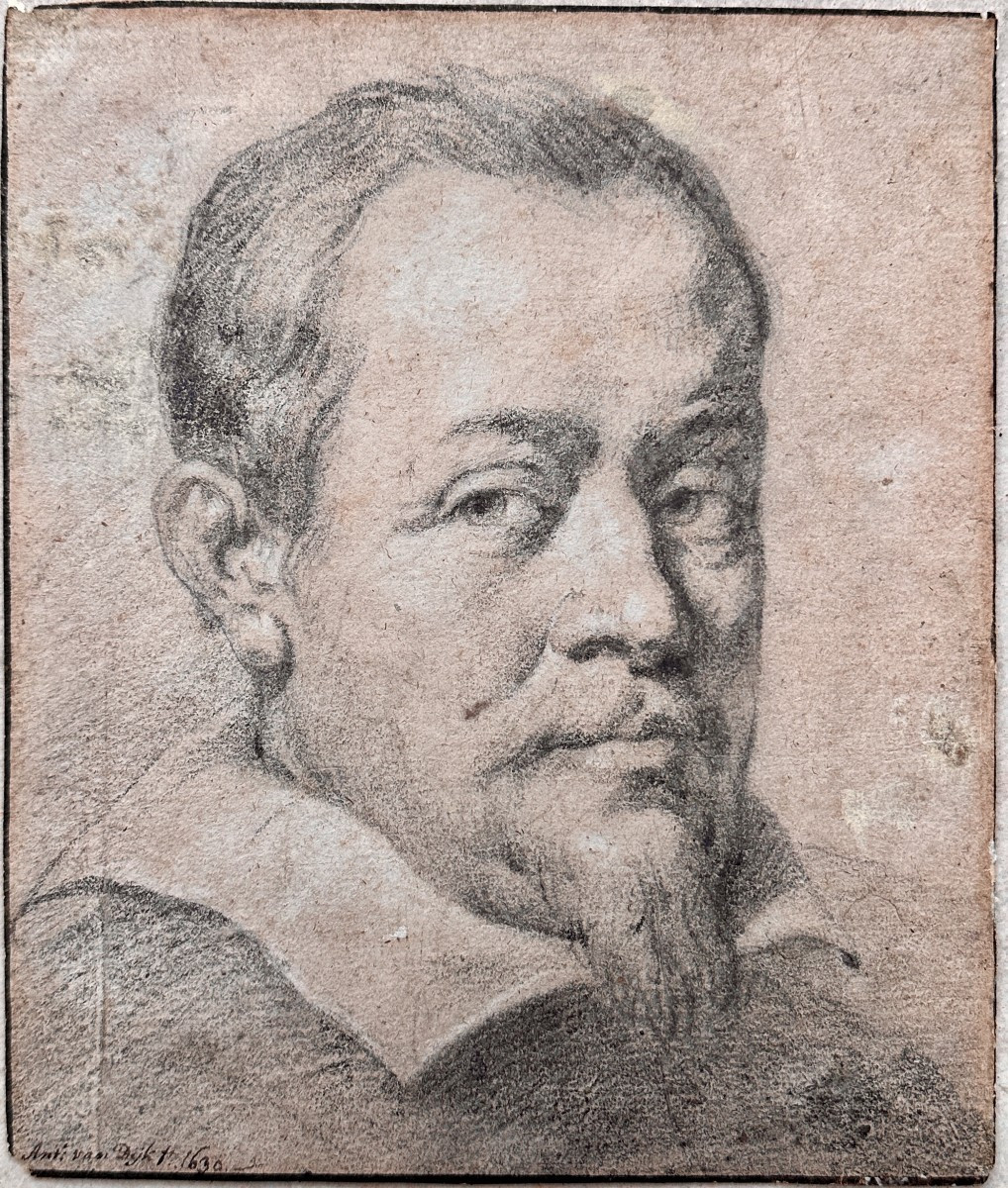
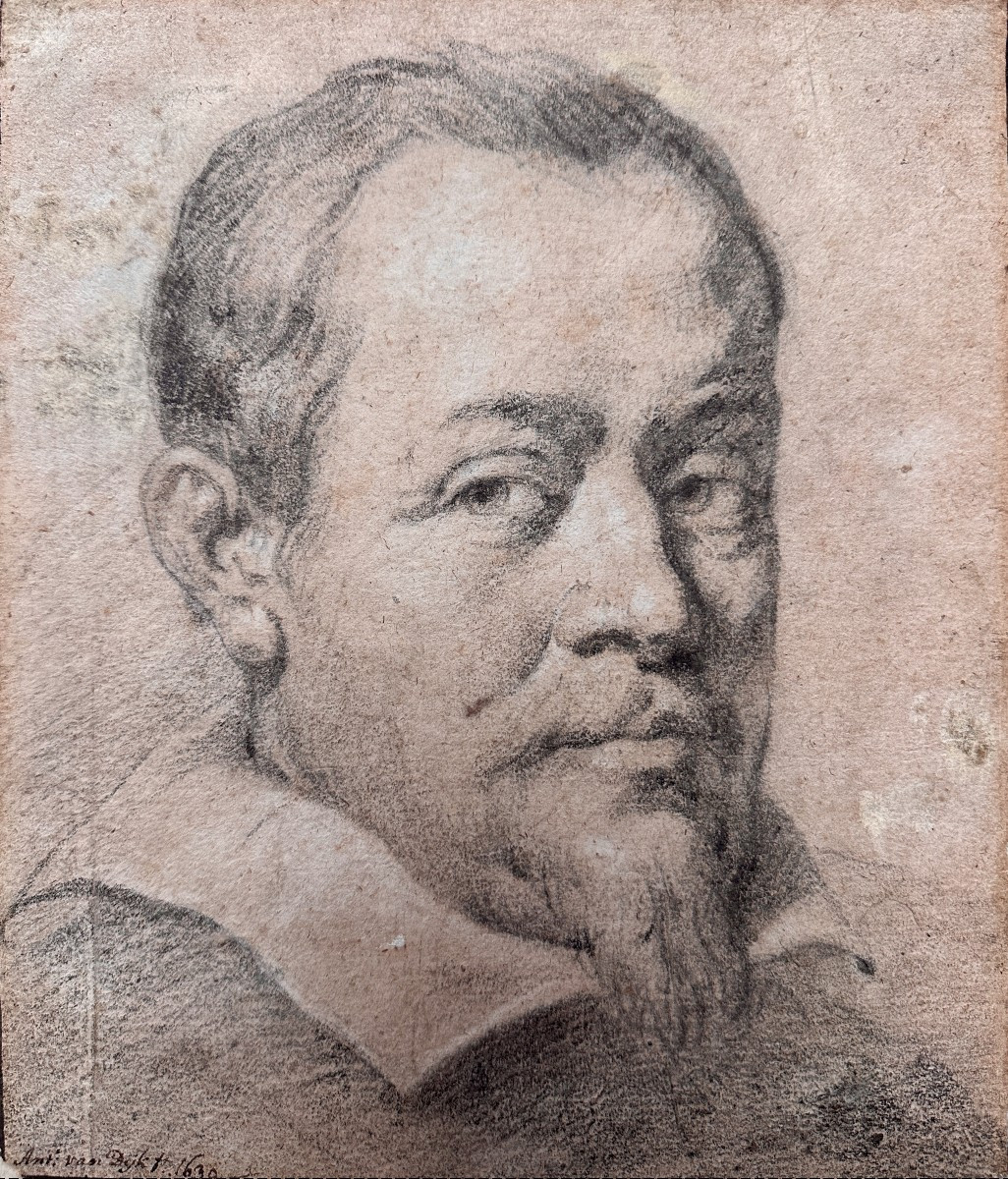
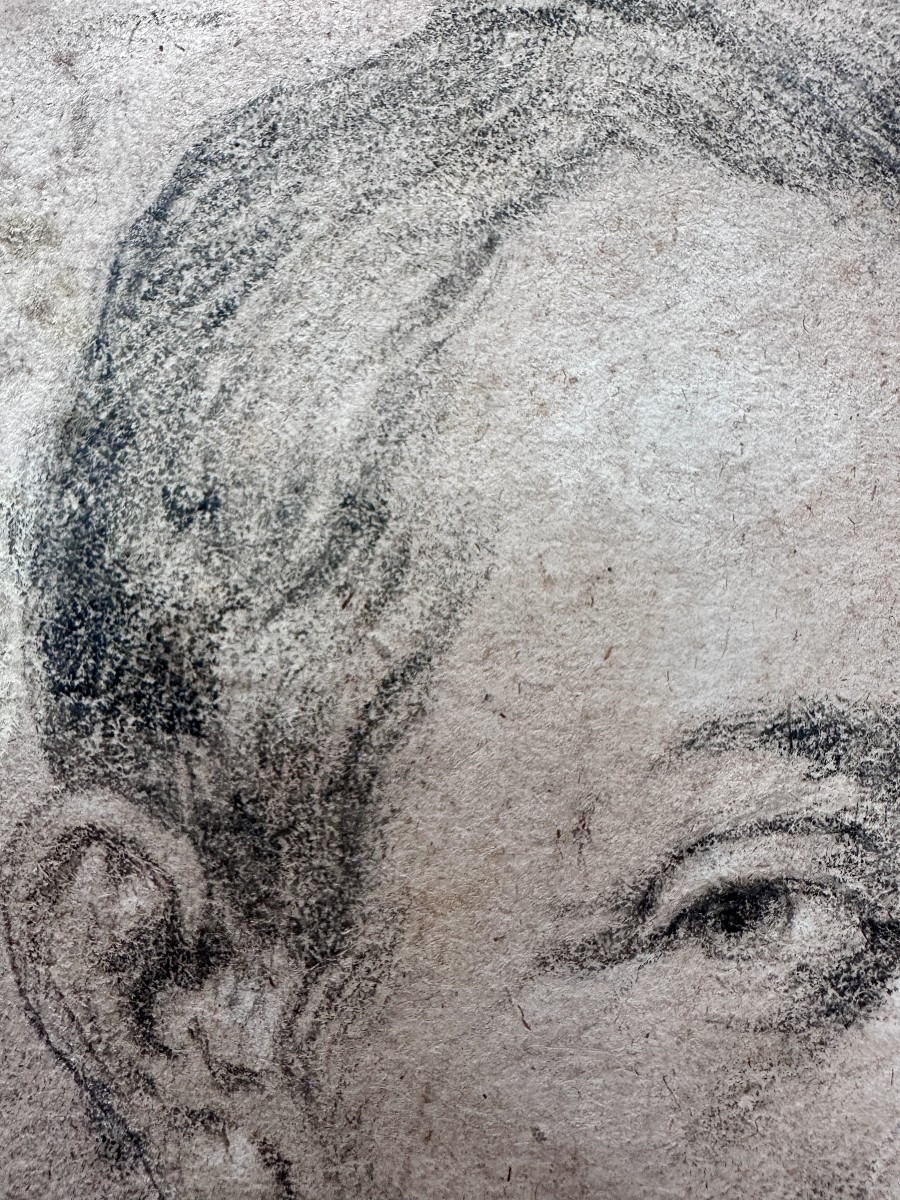
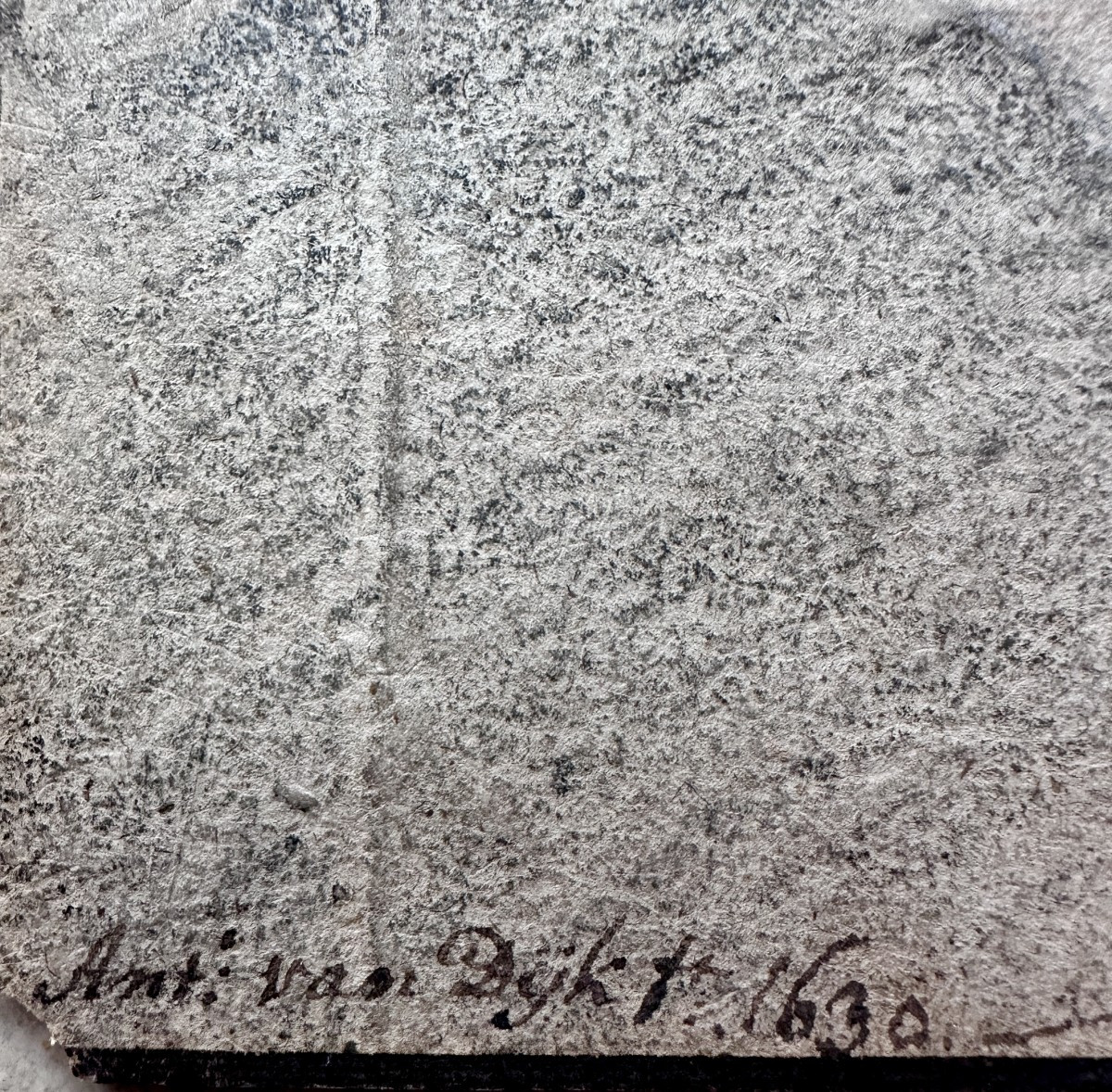

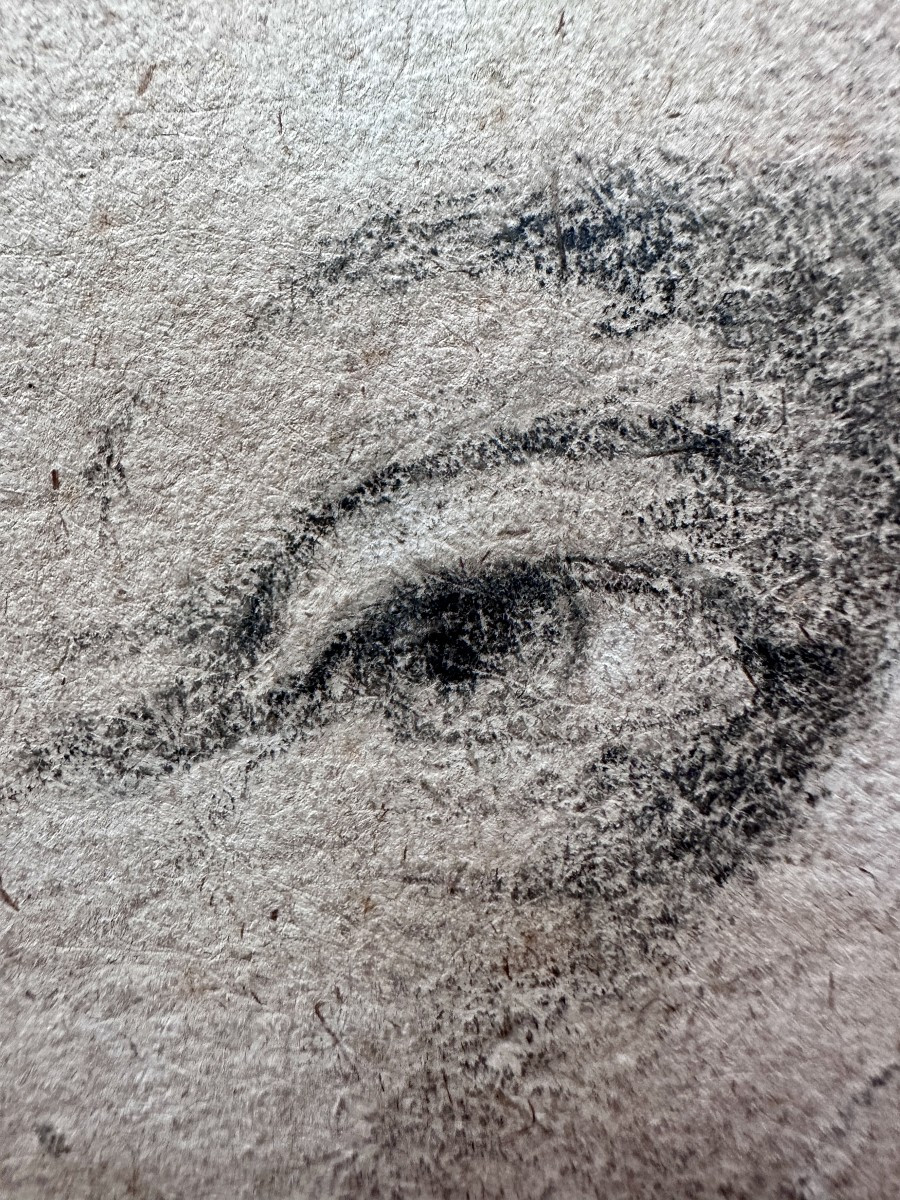
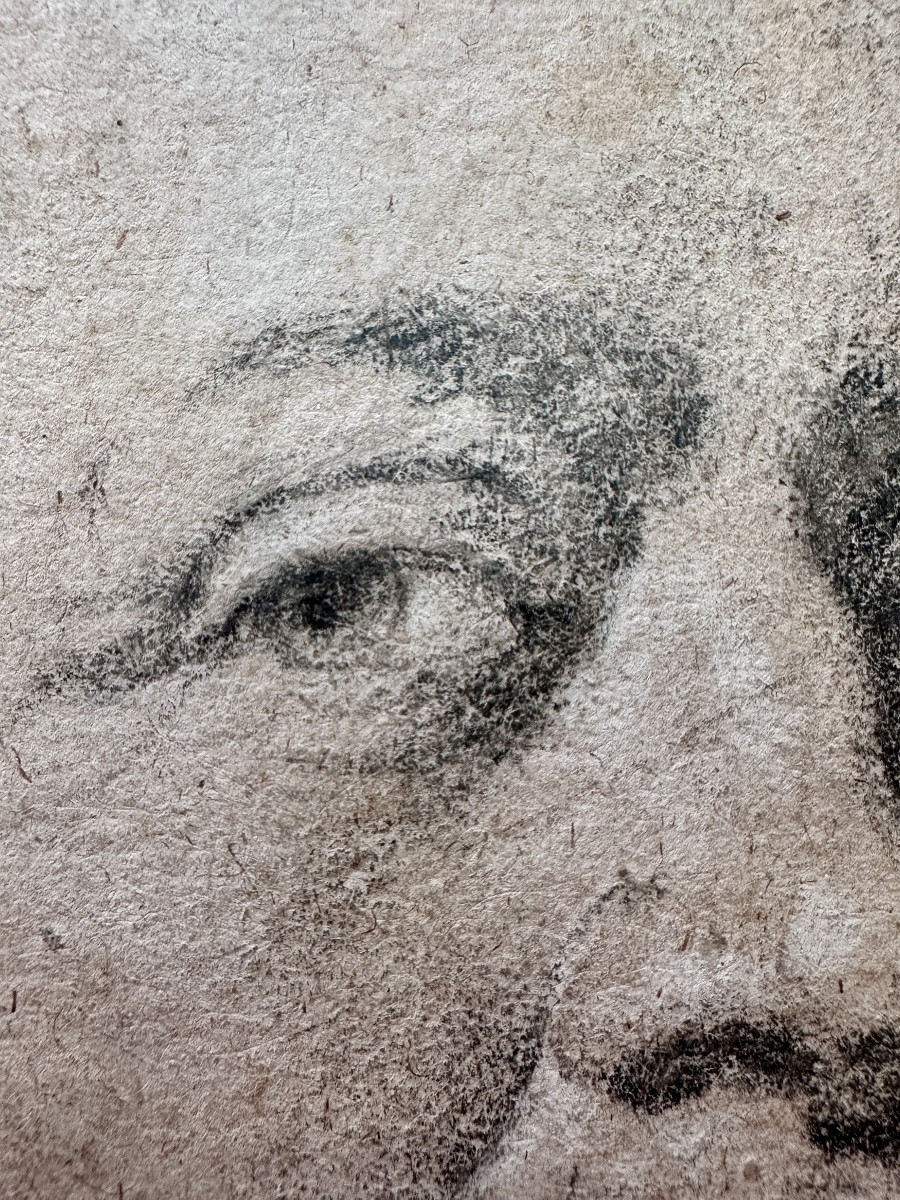
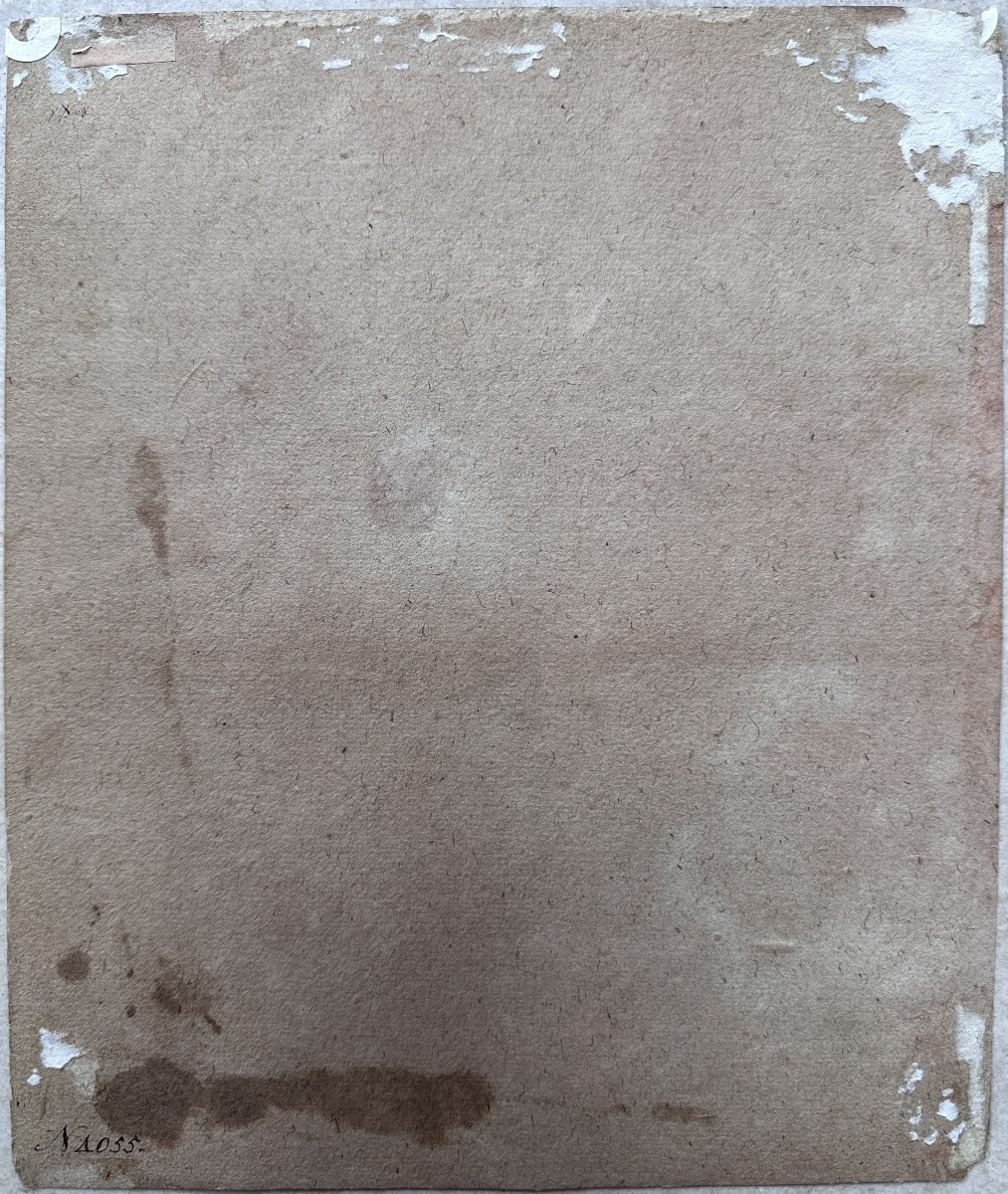
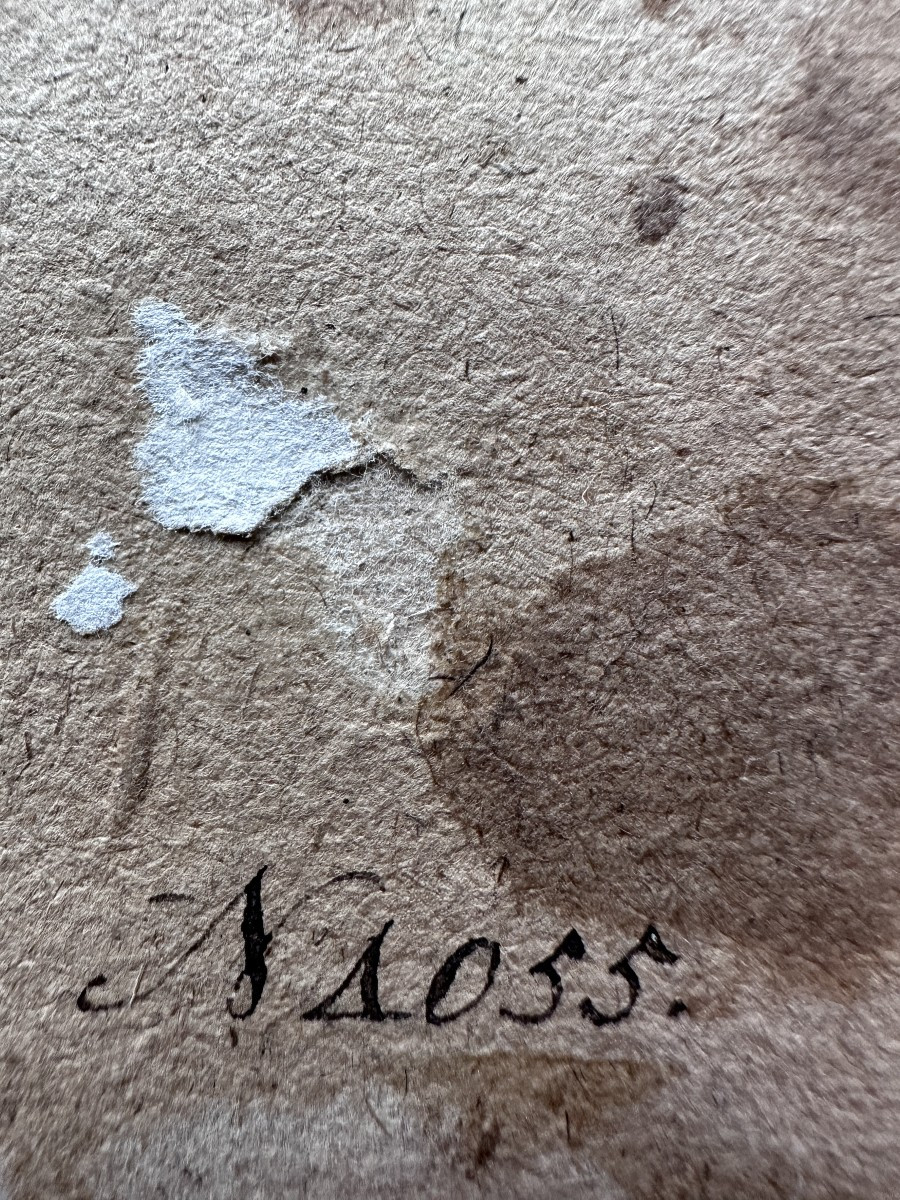
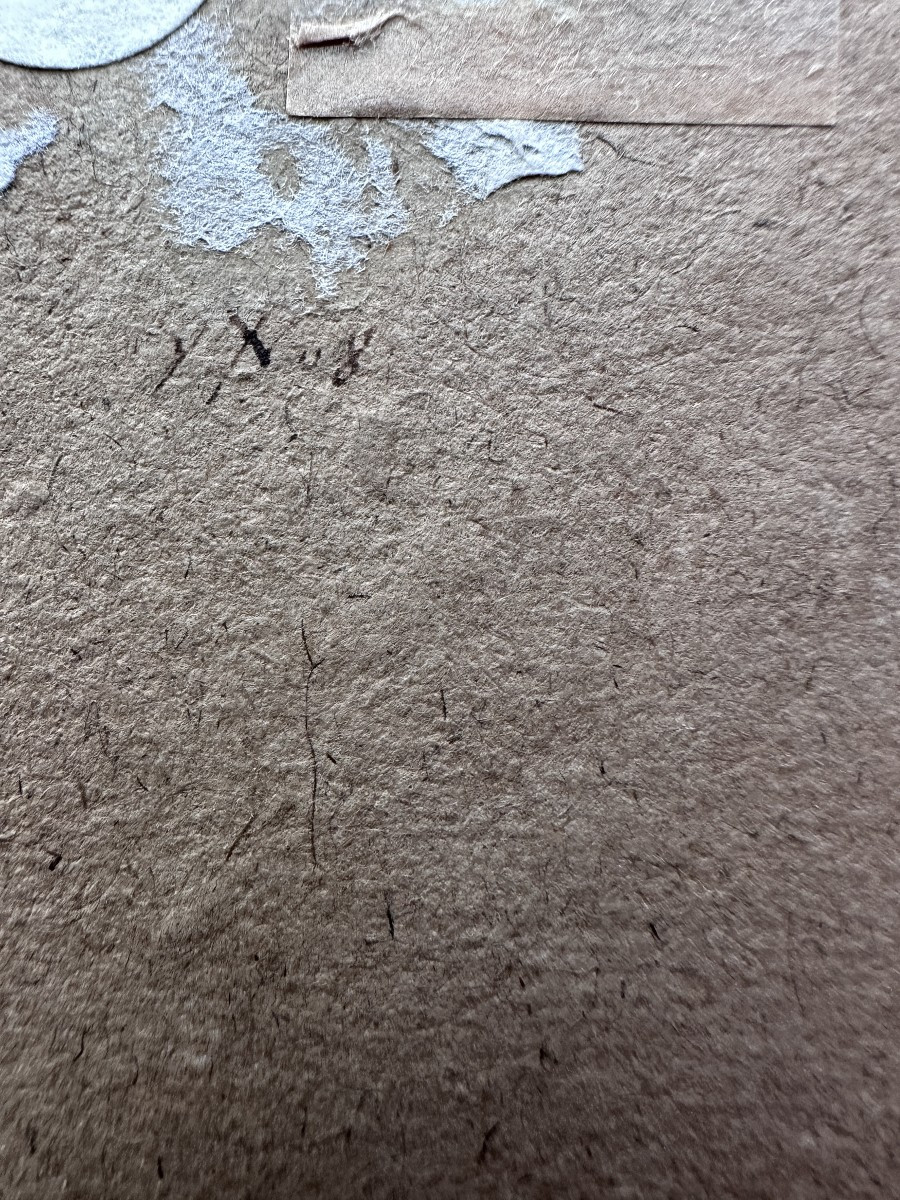












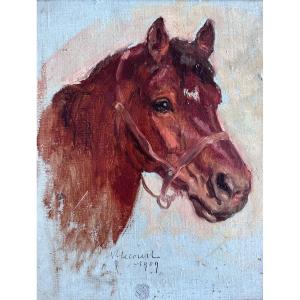


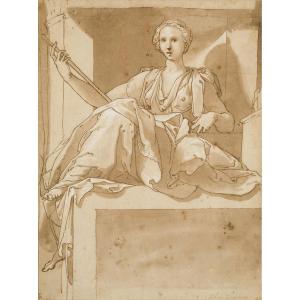





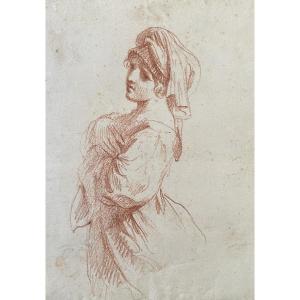

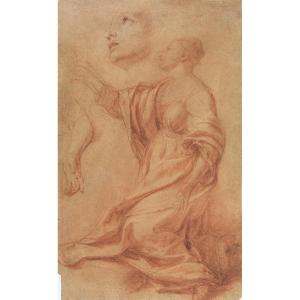

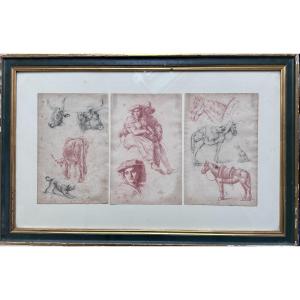



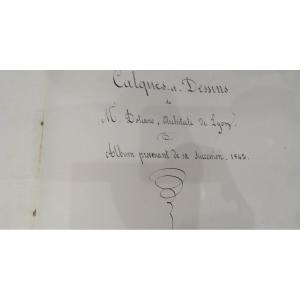



 Le Magazine de PROANTIC
Le Magazine de PROANTIC TRÉSORS Magazine
TRÉSORS Magazine Rivista Artiquariato
Rivista Artiquariato